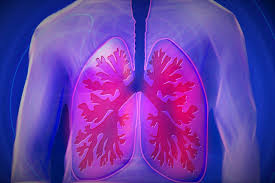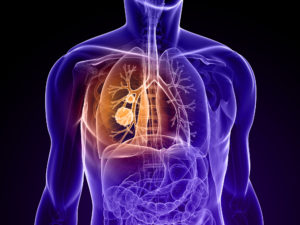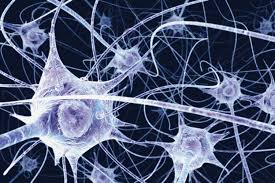Highlights
- •CD103+CD4+ TRM cell frequencies are increased in a subset of severe asthmatics
- •CD103+CD4+ TRM cells in airways display TH1, cytotoxic, and pro-inflammatory features
- •The CD103+CD4+ TRMHIGH endotype is associated with male late-onset severe asthma phenotype
Summary
Background
Patients with severe uncontrolled asthma represent a distinct endotype with persistent airway inflammation and remodeling that is refractory to corticosteroid treatment. CD4+ TH2 cells play a central role in orchestrating asthma pathogenesis, and biologic therapies targeting their cytokine pathways have had promising outcomes. However, not all patients respond well to such treatment, and their effects are not always durable nor reverse airway remodeling. This observation raises the possibility that other CD4+ T cell subsets and their effector molecules may drive airway inflammation and remodeling.
Methods
We performed single-cell transcriptome analysis of >50,000 airway CD4+ T cells isolated from bronchoalveolar lavage samples from 30 patients with mild and severe asthma.
Findings
We observed striking heterogeneity in the nature of CD4+ T cells present in asthmatics’ airways, with tissue-resident memory T (TRM) cells making a dominant contribution. Notably, in severe asthmatics, a subset of CD4+ TRM cells (CD103-expressing) was significantly increased, comprising nearly 65% of all CD4+ T cells in the airways of male patients with severe asthma when compared to mild asthma (13%). This subset was enriched for transcripts linked to T cell receptor activation (HLA-DRB1, HLA-DPA1) and cytotoxicity (GZMB, GZMA) and, following stimulation, expressed high levels of transcripts encoding for pro-inflammatory non-TH2 cytokines (CCL3, CCL4, CCL5, TNF, LIGHT) that could fuel persistent airway inflammation and remodeling.
Conclusions
Our findings indicate the need to look beyond the traditional T2 model of severe asthma to better understand the heterogeneity of this disease.







